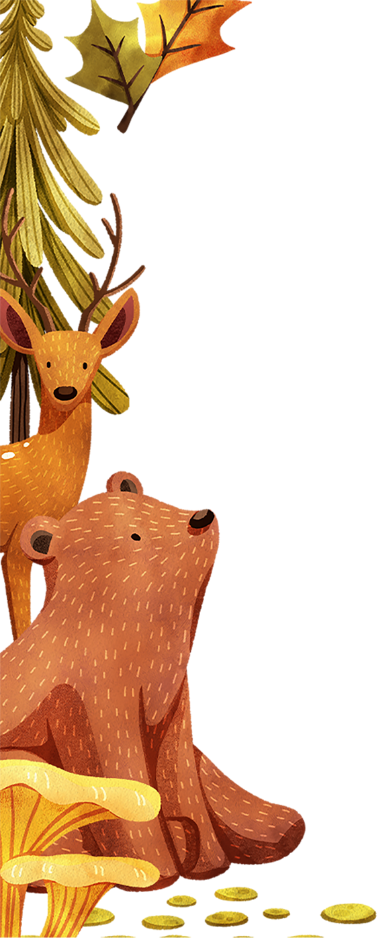


Fall is a season full of change, color, and curiosity, making it the perfect time for students of all ages to explore the science of weather and climate. From observing the bright colors of leaves and tracking temperature shifts to investigating the environmental impact of everyday activities, these hands-on lessons and fall science activities help students connect what they are learning to the world around them. Whether drawing leaves like scientists, exploring seasonal patterns, or analyzing local temperature data, this collection makes it easy and fun to bring the science of fall into the classroom.

This Fall Activity Guide is full of hands-on classroom nature activities. Kids can try leaf prints, take a sunset sensory walk, listen for owl calls, play glow-in-the-dark games, and enjoy a nature read-aloud. Each activity includes simple instructions, a materials list, and a little background info, making it easy to explore the sights and sounds of fall.
This hibernation lesson helps students discover how seasonal changes shape animal behaviors and how our environment affects wildlife. Through hands-on exploration and engaging stories, students learn to observe animal adaptations, deepen their understanding of local ecosystems, and consider ways they can support the animals in their community.
In this hands-on lesson for first and second-grade, students will explore the colorful leaves of fall while learning to draw them like scientists. They'll practice making their illustrations big, bright, and full of detail, then test their observation skills in a fun guessing game. Can they match each drawing to the right leaf?
In this phenology for kids video, students will explore how climate change is affecting the seasonal patterns of trees, like when leaves appear in spring and fall. Using graphs and research, the host shows how warmer temperatures in the Northeast are causing these seasonal changes to happen earlier, helping students connect what they see outside with real-world science.
This interactive resource lets students explore how fall temperatures have changed over time. They can download graphs showing average fall temperature data since 1970 for many U.S. cities and view the data in English or Spanish, making it easy to connect seasonal science to real-world data.
These fall lessons are just the beginning. Explore the rest of SubjectToClimate’s resources to find more hands-on activities, videos, and guides that make learning about climate and the environment engaging for students of all ages.